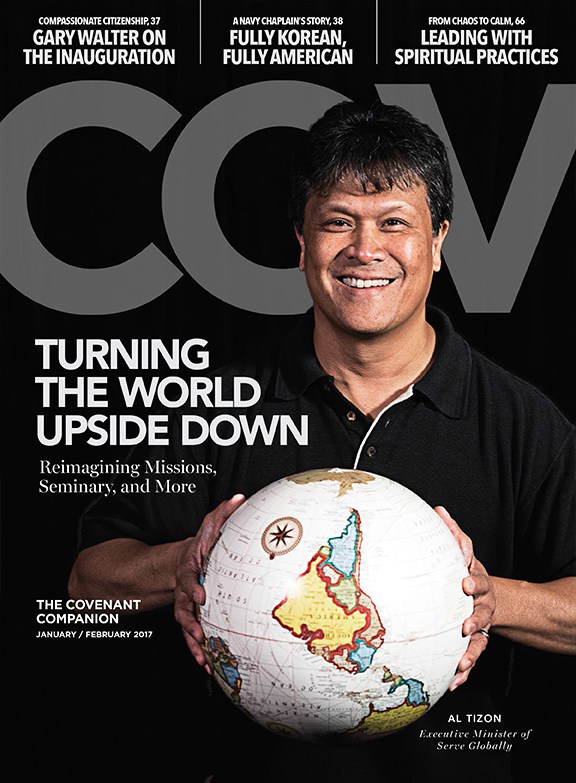By Stan Friedman
CHICAGO, IL (May 20, 2014) — Historic First Covenant Church in St. Paul, Minnesota, has grown new ministries to meet the changing demographics in its community. The changes reflect the broader denomination’s ongoing intentional efforts to become more multiethnic.
Sanctuary Covenant Church in Sacramento, California, was founded in 2000. They decided to move downtown from the suburbs for reasons that included being able reach a more diverse population. At least 90 percent of the congregation voted in favor of the move, so why did so many people leave?
Two newly published articles by Covenant authors highlight the promise and struggles of change.
Historic Church Stays to Serve Changing Demographics
An OnFaith website article published today highlights the work of First Covenant Church to adapt to the increasingly diverse demographic of its neighborhood and the denomination’s intentional efforts to become more multiethnic.
The article was written by Covenanter Helen Lee, editor and co-author of Growing Healthy Asian-American Churches.
Anne Vining, First Covenant’s pastor, tells Lee, “God is calling us to something more challenging than just being with people who look like us, and talk like us, and act like us. But to get beyond tokenism, it’s about building deep relationships. We don’t just want to be multiethnic; we want to create a community that is intercultural, where we are intentionally melding and doing life together. That is our ultimate goal.”
What is happening at First Covenant reflects a larger intentional effort by the denomination to better reflect diversity. Roughly 30 percent of the denomination’s congregations are among people of color or intentionally multiethnic. Covenant leadership also is much more diverse than in the past.
President Gary Walter says, however, “Should this be an exercise in mechanics and technical adjustments, we will fare no better than other groups, secular and religious, that have embarked on similar efforts.”
Discerning Only Beginning of Hard Changes
Pastor David Beck writes in Leadership Journal that Sanctuary Church spent more than half a year discerning whether to move from the suburbs to downtown Sacramento. There were multiple congregational votes along the way to decide whether to advance to the next step. Each time more than 90 percent of the congregation voted “yes.”
In 2013, Sanctuary held the first service in their new location. It was a site owned by a woman who was not a Covenanter and who hoped it would become home to a church.
Then Sanctuary lost 40 percent of the people who had moved with them.
“During this season, the church was in almost constant crisis. Right and left, long-time members were torn from our close-knit community,” Beck writes. “Our leadership team began to feel the strain, and more than one of our meetings devolved into collective hand-wringing.”
The leadership thought they knew what God wanted. It happened to fit neatly with what they wanted.
Then they let go to see where God would lead them next—even if it meant closing—just as they had trusted God would guide them in their decision to move. That’s when women from a recovery house began to attend.
Beck writes the church has been learning the hard way that, “Surrender opens us up for discernment, but even discernment is not an end in itself.”
Beck is the author of the book Luminous: Living the Presence and Power of Jesus, which was reviewed in the Covenant Companion.
Categories:
News
Comments